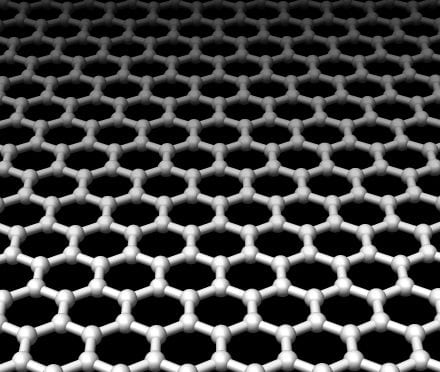 Amongst the many articles in the Journal of Polymer Science: Polymer Physics addressing pressing topics in the physics of polymers, such as the behavior of biopolymers, optical or charge transport properties, energy applications and more, we have found one article to be downloaded more than any other in 2013 so far: Graphene/Polymer Composites for Energy Applications, written by Yiqing Sun and Gaoquan Shi of Tsinghua University.
Amongst the many articles in the Journal of Polymer Science: Polymer Physics addressing pressing topics in the physics of polymers, such as the behavior of biopolymers, optical or charge transport properties, energy applications and more, we have found one article to be downloaded more than any other in 2013 so far: Graphene/Polymer Composites for Energy Applications, written by Yiqing Sun and Gaoquan Shi of Tsinghua University.
Here, Prof. Shi introduces his article and explains why the field is attracting so much attention at the moment:
“Energy shortage is one of the mosturgent issues needing attention in the world. Thus, low-cost, efficient and environmentally friendly energy conversion and storage devices have been subject of intensive research attention; the performance improvements of these devices depend strongly on material innovations. Graphene has been considered an attractive material for energy applications because of its unique atom-thick two-dimensional structure and excellent properties. However, the use of pure graphene frequently cannot satisfy the complicated requirements of practical applications. In these cases, graphene materials have to be blended with other materials to form functional composites. Among them, graphene/polymer composites are important; the polymer components can improve the processability and flexibility of graphene materials and can also provide them with new functions.
Our review entitled “Graphene/Polymer Composites for Energy Applications” in the Journal of Polymer Science: Polymer Physics systematically summarizes recent achievements in the synthesis of graphene/polymer composites and their applications in energy-related devices. In particular, it focuses on the applications of graphene/polymer composites as the electrodes of supercapacitors or lithium ion batteries, counter electrodes of dye-sensitized solar cells, transparent conducting electrodes and active layers of organic solar cells, catalytic electrodes, and polymer electrolyte membranes of fuel cells. The challenges and prospects in this field are also discussed.”
The article remains free to download here, along with our catalog of Reviews across all aspects of physics of polymeric systems from experts in the field (click here for the full series). Submit your own research on polymers for energy applications now at http://mc.manuscriptcentral.com/jpolb and benefit from rapid and thorough peer review and online publication. We look forward to your submission as the journal continues to grow after its 45% increase in impact factor this year!

















